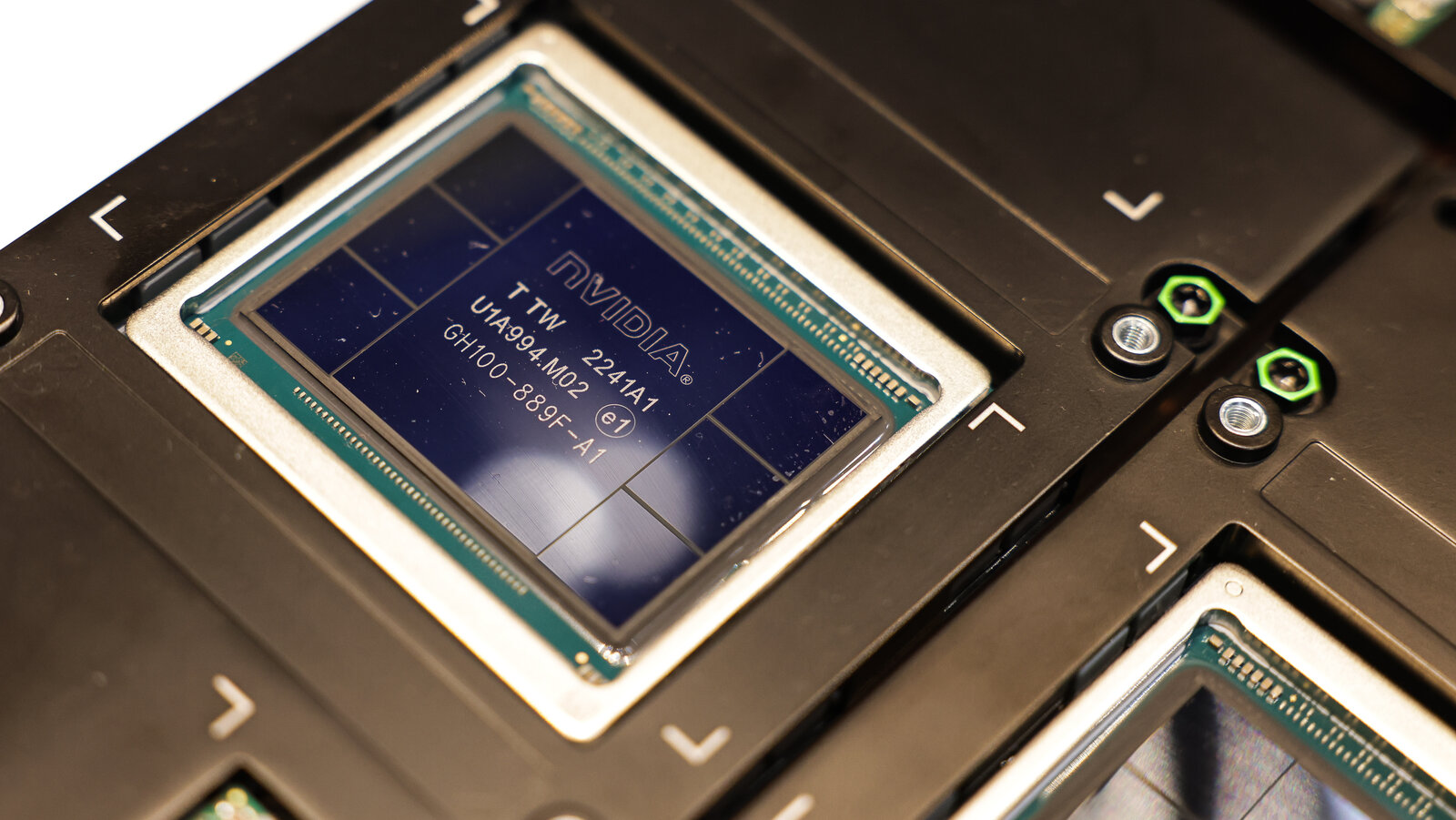Background to the Nvidia Chip Ban
The global technology sector has been closely following the U.S. restrictions on the export of advanced Nvidia chips to China, a move that has created significant ripples across the artificial intelligence (AI) industry. For years, China has relied heavily on Nvidia’s cutting-edge graphics processing units (GPUs) to power its AI research, autonomous driving programs, data centers, and supercomputing ambitions. The United States government has justified the ban as a national security measure, citing concerns that these chips could be used to strengthen China’s military capabilities.
This restriction marks one of the most decisive steps in the ongoing tech rivalry between the two largest economies in the world. By cutting off access to Nvidia’s powerful AI chips, Washington aims to slow China’s technological advancements and maintain an edge in critical sectors such as AI, machine learning, and advanced robotics.
China’s Dependence on Nvidia Technology
Nvidia’s GPUs are regarded as the backbone of modern AI development. Chinese companies such as Baidu, Tencent, and Alibaba have been major consumers of these chips, using them to fuel applications ranging from language models to smart city infrastructures. Without access to these processors, China’s domestic firms face an uphill battle in sustaining the pace of innovation they have demonstrated in recent years.
Although China has been investing in homegrown alternatives like Huawei’s Ascend series and chips developed by startups such as Cambricon, these domestic solutions have not yet reached the level of performance and efficiency offered by Nvidia. The chip ban therefore represents more than just a temporary obstacle—it creates a long-term strategic challenge for China’s ambitions to lead the global AI race.
Global Business and Economic Implications
The ban has consequences that extend far beyond China’s borders. For global businesses, supply chains are expected to face disruptions, particularly in industries that rely on AI-driven innovation. Multinational companies with research partnerships in China may experience delays or reduced output in joint projects.
Nvidia, on the other hand, stands to lose a substantial portion of its revenue since China has historically accounted for a significant share of its global sales. Analysts suggest that while the ban reinforces U.S. geopolitical objectives, it also risks damaging American business interests in the short term.
Stock markets have already reflected this uncertainty, with tech shares fluctuating in response to news of the ban. Industry experts caution that prolonged restrictions could fragment the global tech ecosystem into competing blocs, potentially slowing overall progress in AI development.
China’s Strategic Response
In the wake of the restrictions, China has accelerated efforts to reduce reliance on foreign technology. The government has increased funding for domestic semiconductor research, while tech giants are being encouraged to collaborate with universities and state-backed labs to close the performance gap with Nvidia.
At the same time, China has sought to diversify its partnerships, looking toward countries that are less aligned with U.S. policies for potential cooperation in semiconductor development. However, achieving technological independence in this highly specialized sector is not a short-term task. Experts estimate it could take China several years, if not decades, to match the sophistication of Nvidia’s most advanced chips.
International Reactions and Political Dimensions
The international community has responded with mixed reactions to the Nvidia chip ban. European nations have expressed concerns about the broader implications of U.S.-China tech decoupling, warning that it could destabilize global innovation and trade. Meanwhile, U.S. allies in Asia, such as Japan and South Korea, are carefully watching the situation, as they too play significant roles in the global semiconductor supply chain.
Politically, the ban underscores the growing tension between Washington and Beijing. For the United States, maintaining technological dominance is central to its strategy of countering China’s rise. For China, overcoming these barriers has become a matter of national pride and strategic necessity. The chip ban therefore serves as both a technological and political flashpoint in an already strained relationship.
The Future of AI Development in China
The road ahead for China’s AI ambitions is fraught with challenges. While the country has the talent, funding, and determination to eventually produce world-class chips, the short-term impact of the ban will likely slow progress across multiple sectors. Research institutions may struggle to access the hardware needed for large-scale experiments, while startups could face funding challenges as investors grow cautious.
Nevertheless, China’s resilience and history of overcoming technological obstacles suggest that the setback may inspire a renewed focus on self-reliance. If successful, China could eventually reduce its vulnerability to foreign restrictions and build a more robust, independent AI ecosystem.
FAQs
Why did the U.S. ban Nvidia chip exports to China?
The U.S. government imposed the ban citing national security concerns, arguing that advanced Nvidia chips could be used to enhance China’s military capabilities.
How will the ban affect Chinese companies?
Chinese firms that rely on Nvidia GPUs for AI research and applications will face delays, reduced innovation capacity, and increased costs as they search for alternatives.
Does China have domestic alternatives to Nvidia chips?
Yes, companies like Huawei and Cambricon are developing domestic chips, but they have not yet achieved the same level of performance and efficiency as Nvidia’s GPUs.
What impact will this have on Nvidia?
Nvidia risks losing a major source of revenue, as China accounts for a significant portion of its global sales. The company may need to shift focus to other markets to mitigate the financial impact.
How does this affect global AI development?
The ban could fragment the global AI ecosystem into competing blocs, slowing innovation and making collaboration between countries more difficult.
What are China’s long-term strategies to counter the ban?
China is investing heavily in semiconductor research, encouraging collaboration between tech giants and academic institutions, and seeking international partnerships outside of U.S. influence.
onclusion
The Nvidia chip ban represents a defining moment in the technological rivalry between the United States and China. While Washington aims to preserve its dominance in AI and semiconductors, the move has significant repercussions for global business, supply chains, and innovation. China’s reliance on Nvidia technology leaves it vulnerable in the short term, but the restrictions have also accelerated efforts to build a self-reliant domestic semiconductor industry.
In the long run, the outcome of this standoff will shape the future of AI development and global technology leadership. Whether the ban ultimately strengthens U.S. control over advanced technologies or pushes China to achieve breakthroughs in self-sufficiency, one fact remains clear: the competition for AI supremacy is far from over, and its consequences will be felt worldwide.







